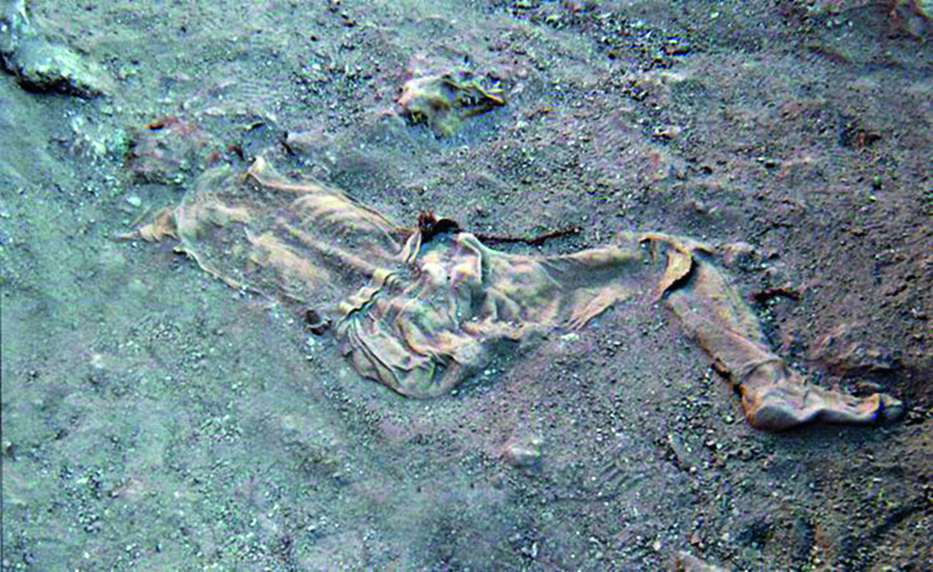Spectacular Finds
In 1994 a spectacular find was made in the then still active salt mine of Douzlākh (Douz = salt) at Chehrābād in northwest Iran. Workers discovered the remains of several mummified body parts during mining operations. Initial scientific investigations revealed that this was a man who died 1300 years ago. He lived in the late Parthian or early Sassanid period. He was later to become known nationally as the first salt man from Iran.
Despite this historically valuable find, the salt mine remained active. In 2004, further mummified body parts ("Salzmann 2") were discovered. Therefore, the regional heritage authority, the Ministry of Cultural Heritage, Handicrafts and Tourism from Zanjān (Miras Farhangi Zanjān) initiated first emergency excavations. These took place in winter 2004 and later in 2005. Further, partly mummified bodies were discovered and for the first time an insight into the archaeological context of these mummy finds could be gained. Today, commercial salt mining has been stopped.
Iranian-German Excavations
Since 2007, a joint project with the Iranian monument authority has been launched. Further investigations together with British and German partners have been initiated. An international and multidisciplinary scientific project was founded (Iranian Ministry of Cultural Heritage, Handicrafts and Tourism, Zanjān Archaeological Museum/ ZCHTO Zanjān, Iran; Ruhr- Universität Bochum and Deutsches Bergbau Museum Bochum; University of Oxford; University of Zurich; and others). The project is funded by the German Research Foundation (DFG).
The first official excavation campaigns started in 2010 and 2011, during which the discovery circumstances and chronology of the salt mine could be further clarified. Also, remains of another salt mummy were discovered. To date, a minimum of eight individuals have been found.
First Findings
Salt man 4 is preserved in an amazing condition. First investigations showed that he was wearing a tunic, trousers, shoes, a belt and a fur cape and carried two small clay pots and a knife.
In the salt mine, tools and other objects were found which the salt men used in their daily work in the mine. Hence we know today that they were mining the salt with pickaxes, hammers and picks. We also know that the mining methods changed over the centuries. The salt was extracted from the mine in large sacks of goatskin and then sold. The plant remains tell us that the salt men ate vegetables, grain and fruit from the surrounding area.
You want more Information?
For further information about the project please visit the project page of the Ruhr-University Bochum of the Ruhr-University Bochum, the homepage of the Deutsches Bergbau-Museum Bochum and the projekt page of the Archaeolocigal Museum Frankfurt.
On the homepage of the Gerda Henkel Foundation you can find videos about the project.









